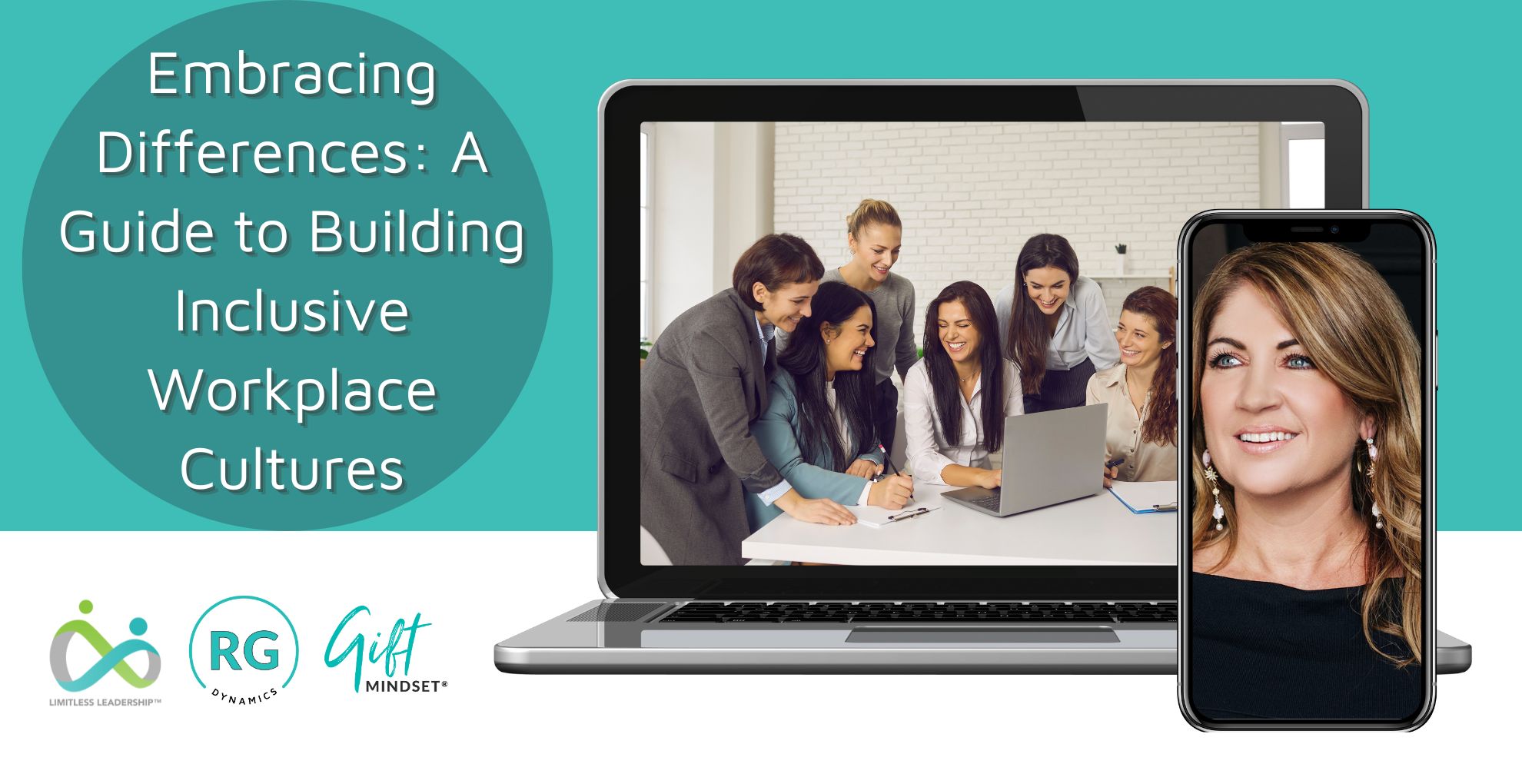Identifying your values can be a great indicator to understand your boundaries.
Simply put, values are things that are important to us. We all have values that determine our everyday decisions from where we bank, to what car we drive, to whom we allow into our inner circle. Values are the underlying linchpin to every decision we make both personally and professionally. We usually aren’t consciously aware of these despite the fact they drive our decisions and our life choices. Values change, and by being aware of what they are, we can gain a better understanding of why we feel how we feel when our values are challenged and when they are met.
Feeling unsure of direction?
Many clients I have been working with of late are having to make some really tough decisions both career-wise and from a personal perspective. Values need to be analysed as when values are conflicting, and there is an incongruency or misalignment we can sometimes feel torn and unsure of what direction to go in.
As children, we gain a large portion of our value set from our parents. As we go through our teenage years, we challenge these values. This is because we are exposed to new values through school, friends and new experiences. These new values may conflict with the ones of which we were once so in tune with. For me, this caused conflict between my parents and me during those teenage years. (Sorry Mum, Dad and Kym.) When in a position of leadership, whether leading self and/or teams, awareness of what you value can assist you to create your beliefs and focus around what you stand for. We can only be clear about our direction by having core values in place.
When we have a clear sense of where we are going, we are flexible in how we get there.
— Simon Sinek
Some of you may remember Apple’s classic 1984 commercial that was played during the third quarter of Super Bowl XVIII. In the commercial, there was a huge focus on the establishment of personal computing. Apple cast itself as the hero, who, in a rebellious way, launched into the dull and grey landscape of the working world to save employees from the stagnant computing manufacturers that lead the market.
Apple’s mission statement back then was: ‘To make a contribution to the world by making tools for the mind that advance humankind’. In 1984, Apple had only a small percentage of the personal computing market but the vision, which told a compelling story about changing the world, had already reigned in many fans.
Your vision will be determined by what you value and what you are willing to stand for as a leader.
Values have characteristics within them:
- Energy:
Our values are the energetic force behind our actions and decisions. They carry weight and determine the way we live our life, whether we are consciously aware of this or not.
- Priority:
Our values do not carry equal weight. The context, situation and the environment decide the order of priority. You will have a preference to rank values depending on what they mean to you.
We tend to rank our values in order of importance to our team and us.
- Conflict:
Values can compete for the top spot to assist our decision-making—especially in challenging situations. This is why we can sometimes feel torn when making a decision, or we may sit on the fence when deciding and not really know why.
- Changeable:
We chose our values early in life. We need to be aware that values can change as we change, and they always will dependant on situations, experience and those around us.
- Impact:
Values can create impact, and by communicating values at work, this assists in building trust and rapport.
Working out what you stand for can seem a bit daunting, especially if you have never explored this before. Lets’ be honest, how often do we sit down over a coffee and reflect on what we value? Let me make it easy for you.
Take some time out and list the top 5-6 things you don’t stand for. That’s right, the things you won’t tolerate, support or stand by. For me, I don’t stand for decline or a decrease in anything I believe in. Now simply flip these words to their opposite, so for me, decline would then be the value of growth, which is one of my top values. Growth for me means learning something new, adopting new ways, taking risks and sharing what I learn to grow others.
Ensure you take the time to identify your values and what they mean to you and your decisions both personally and professionally. They are a great anchor point to refer to when you feel stuck or unsure.
To create a “Limitless Team” scope out team values as a group, these can be aligned with organisational values and are a really powerful way to live the actions of success!
Be limitless





